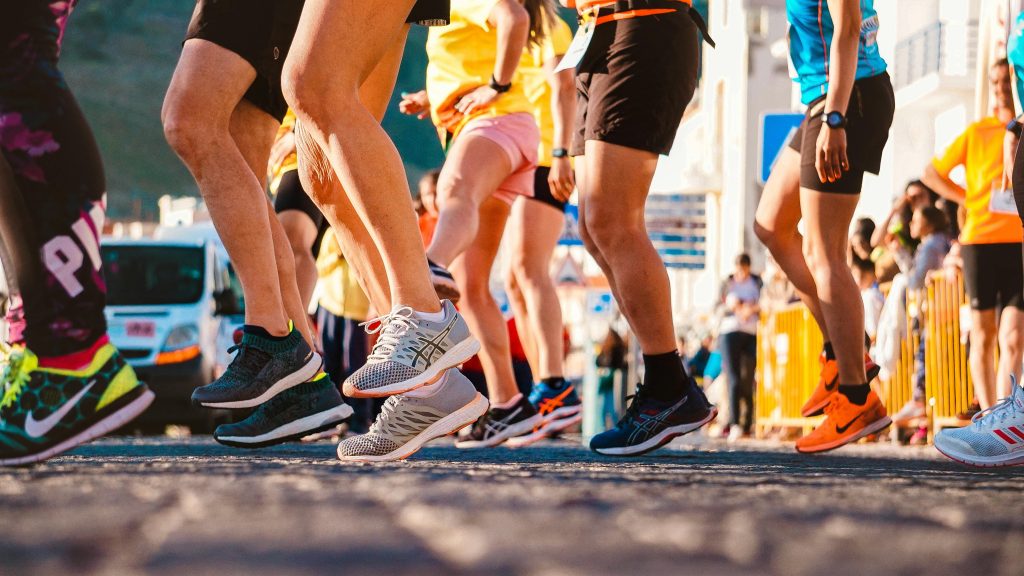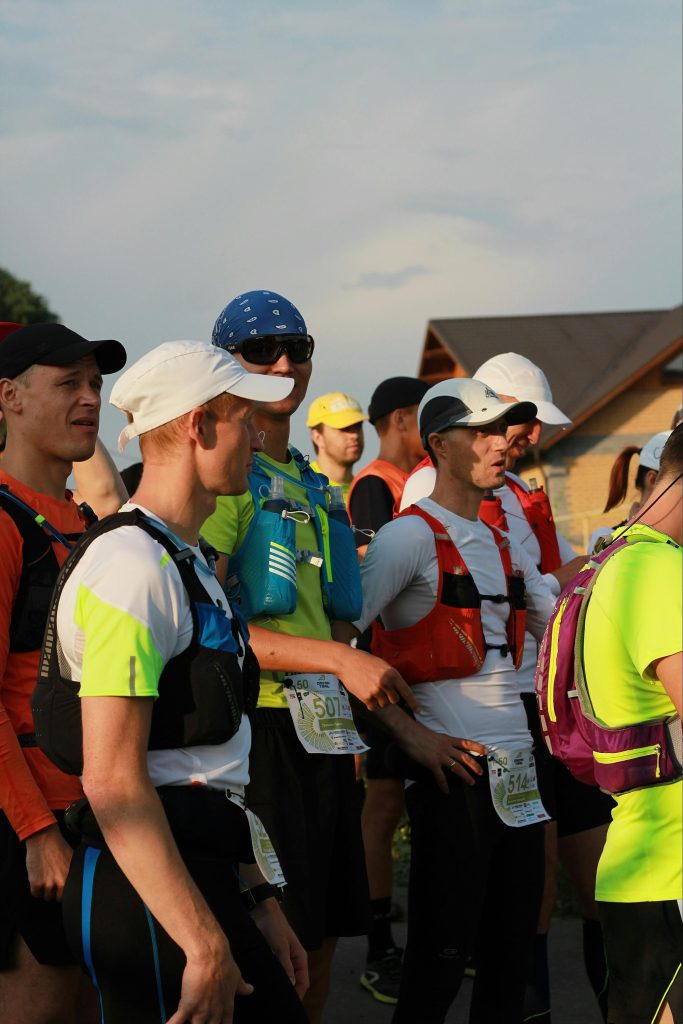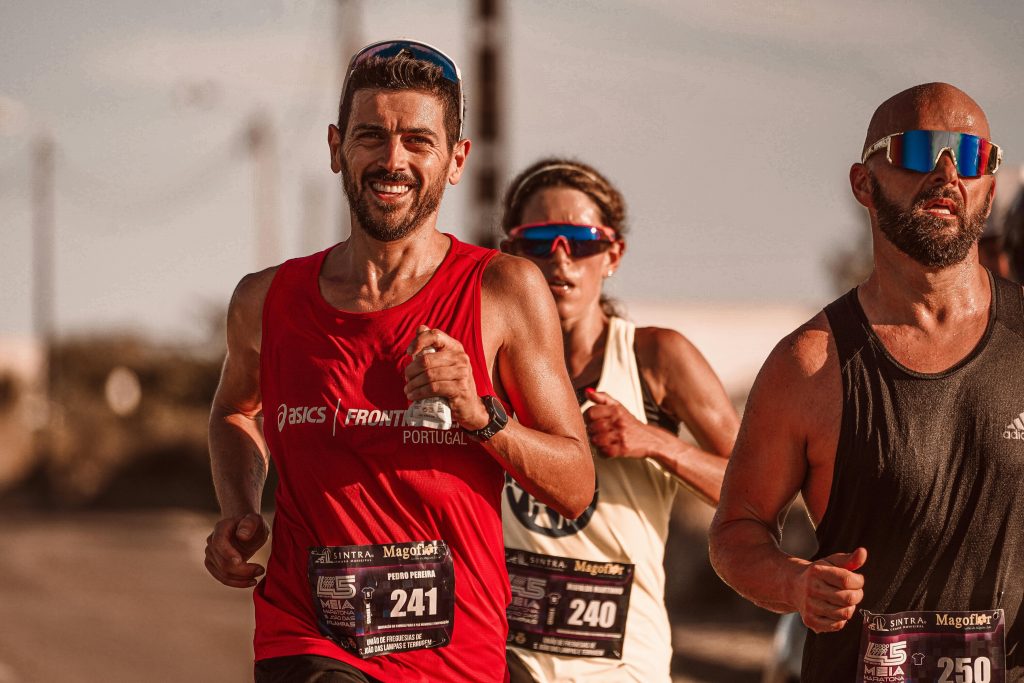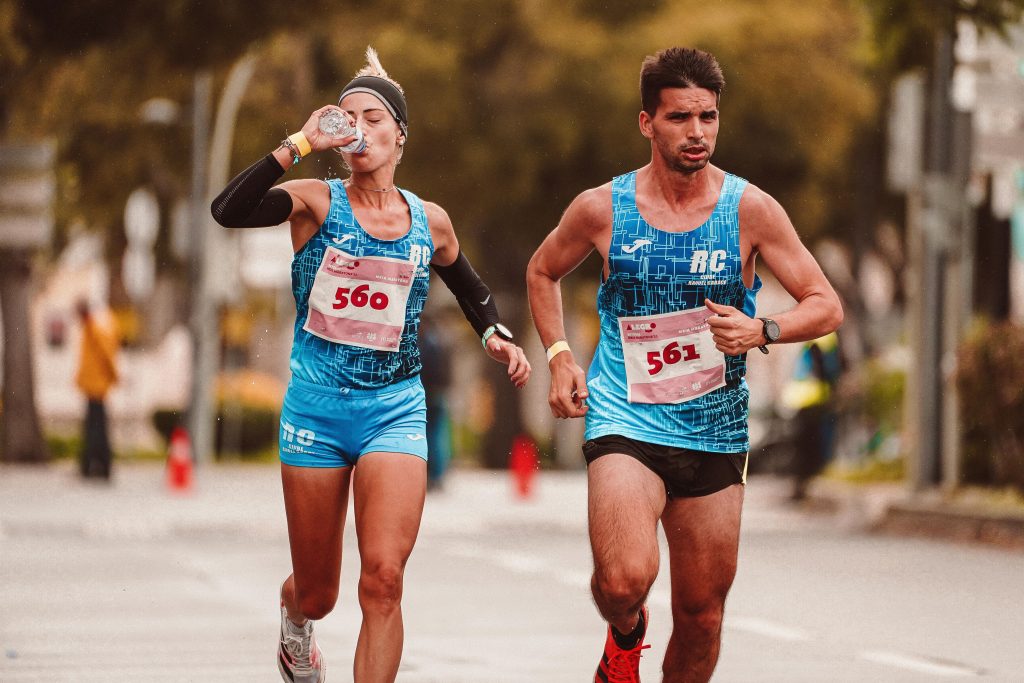
The Essential: Guide to Choosing the Right Running Footwear
We know the relationship between a runner and their shoes is something special. They are your best company on long runs, they hold the stories of every kilometer, and—let’s be honest—sometimes they even smell like glory! Nevertheless, your running footwear is, without a doubt, the most important piece of gear. It is the only point of contact between your body and the ground, meaning your shoes are the foundation of your performance and, most importantly, your injury prevention.
Investing in the right pair is not a luxury; it’s a necessity. But how do you choose from the vast range of models, technologies, and colors? The answer begins with getting to know your own feet.
1. The First Step: Knowing Your Gait
The way your foot hits the ground, absorbs impact, and pushes off is the most critical factor in shoe selection. This is called your gait, and it can be one of three types:
- Neutral Gait (or Slight Supination): The foot distributes impact evenly. Extra support is generally not necessary. Most cushioned shoes work well.
- Pronated Gait: The foot rolls excessively inward after landing (the most common type). In these cases, the athlete benefits from Stability or Motion Control shoes to correct the inward roll and prevent knee injuries.
- Supinated Gait: The foot rolls outward. This is the least common and may require shoes with extra cushioning, as the foot doesn’t absorb impact efficiently.
Where to Find Out: If you are a serious runner, the best way to discover your gait is through a gait analysis at a specialized running store.
2. Choosing the Right Shoe for the Goal
Once you know your gait, you need to choose the right shoe for the type of running you plan to do:
| Shoe Type | Key Characteristics | Ideal For |
| Cushioned (Neutral) | Focus on comfort and impact absorption. | Daily training, long distances, recovery runs. |
| Stability (Anti-Pronation) | Features reinforcements on the arch to limit excessive pronation. | Runners with a pronated gait or who need motion control. |
| Performance (Lightweight) | Less cushioning and lighter weight. | Faster runs (tempo training and short races). |
| Trail Running | Soles with better traction and more durable uppers. | Mountain running, mud, and uneven terrain. |
Tip: Never buy shoes just for the look! Comfort and fit are far more important than aesthetics.
3. When to Say Goodbye? The Hardest Decision
We know this is the toughest part! There is a huge emotional attachment to our “companions on the road”—after all, they were with you for your best and worst kilometers. But, just like a car, the cushioning in your shoes has an expiration date. Continuing to run in “dead” footwear is, unfortunately, an invitation to injury.
- The Kilometer Limit: Most running shoes should be retired after 500 to 800 kilometers (300 to 500 miles). If you are a heavier runner, stick closer to the 500 km mark.
- Signs of Wear: Pay attention to your body’s warnings. If you feel your usual aches and pains returning, if the sole is completely smooth, or if the cushioning feels “flat” and less responsive, it’s time to thank them for their good service and buy a new pair.
- The Rotation Rule: Consider having two different pairs of shoes to rotate. This not only extends the life of each pair but also helps use different muscles, preventing fatigue.
Choosing the right footwear is your ticket to a safer, more comfortable, and more fun run.
Now that you know how to gear up, all that’s left is to choose your race:
👉 Find your next road race, trail run, or marathon on the RaceFinder calendar and put your new shoes to the test!



